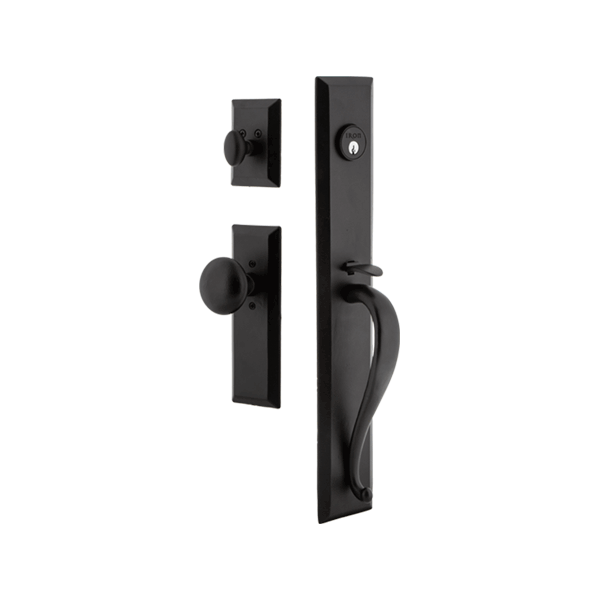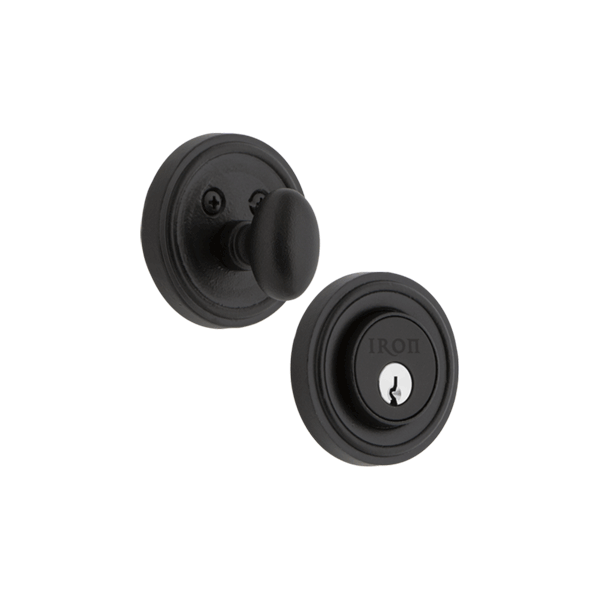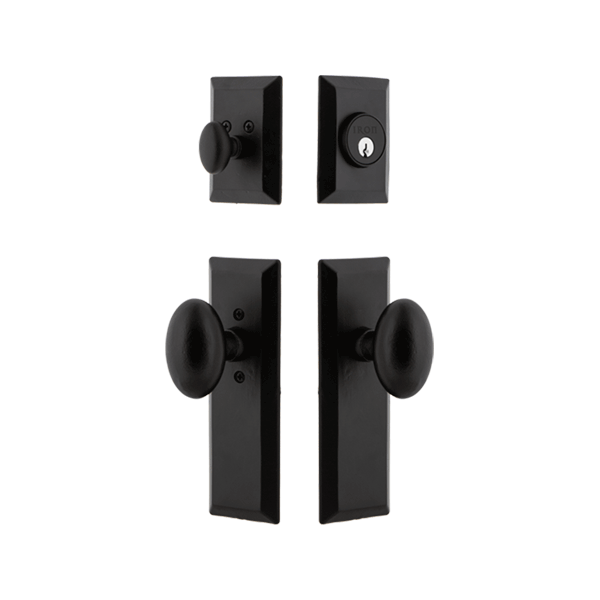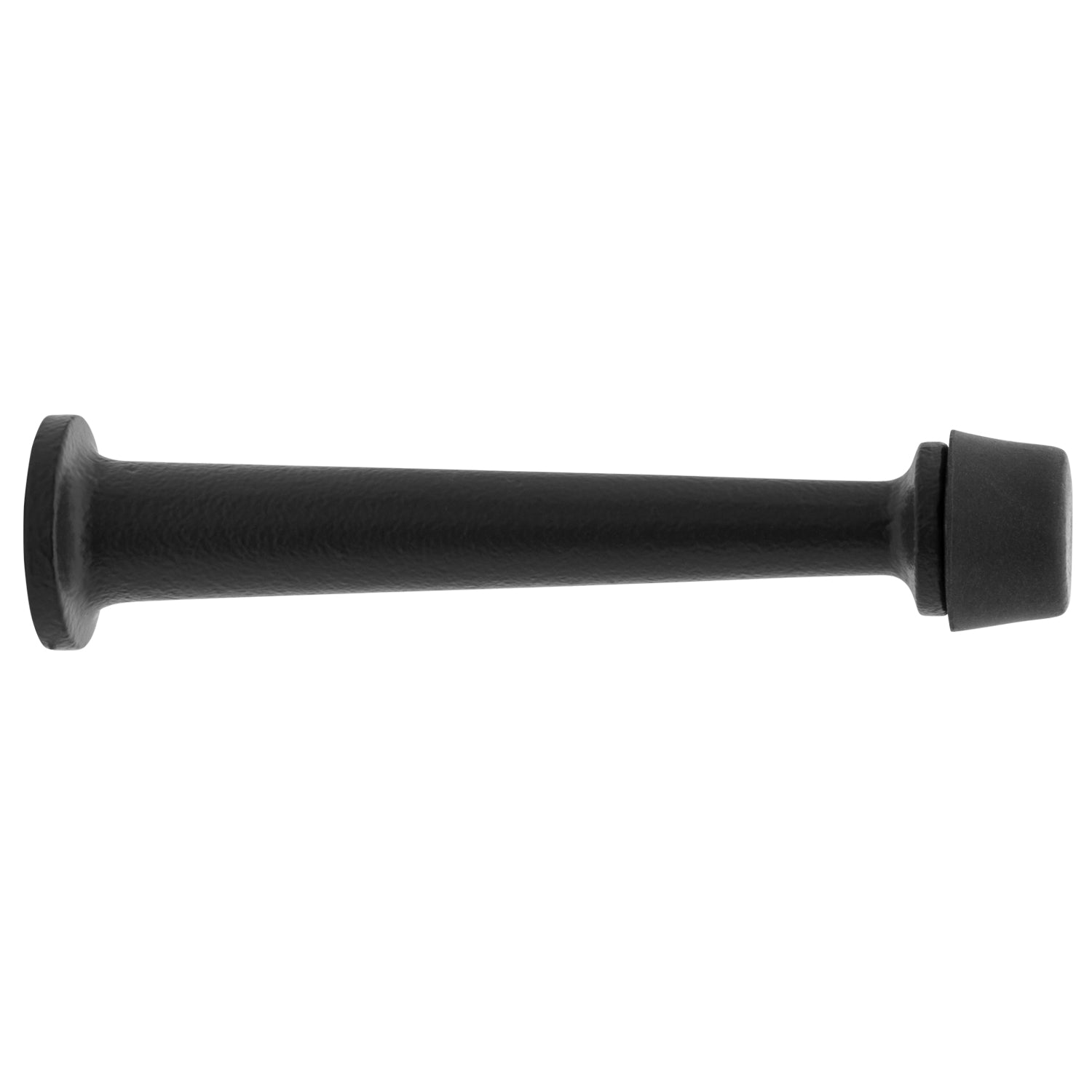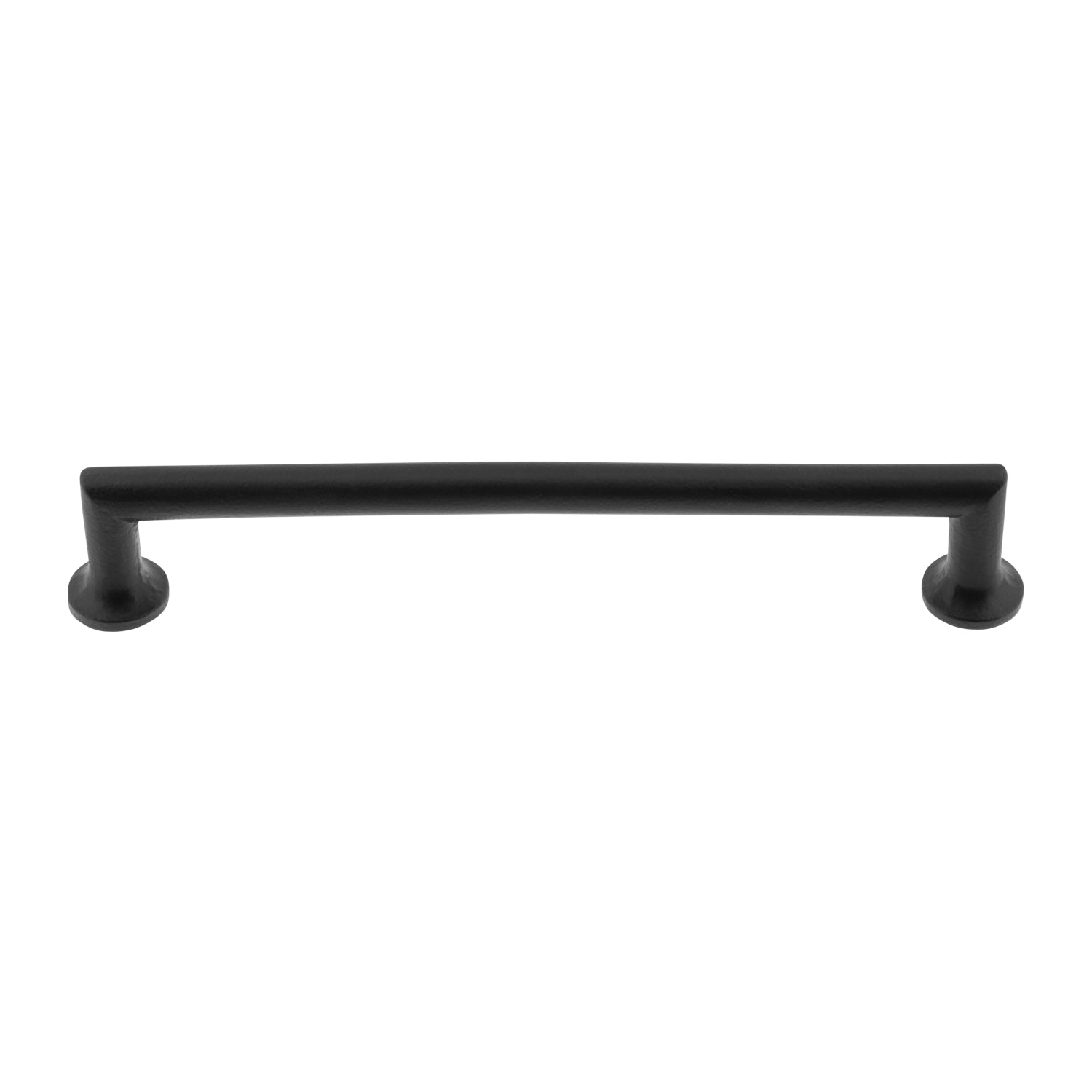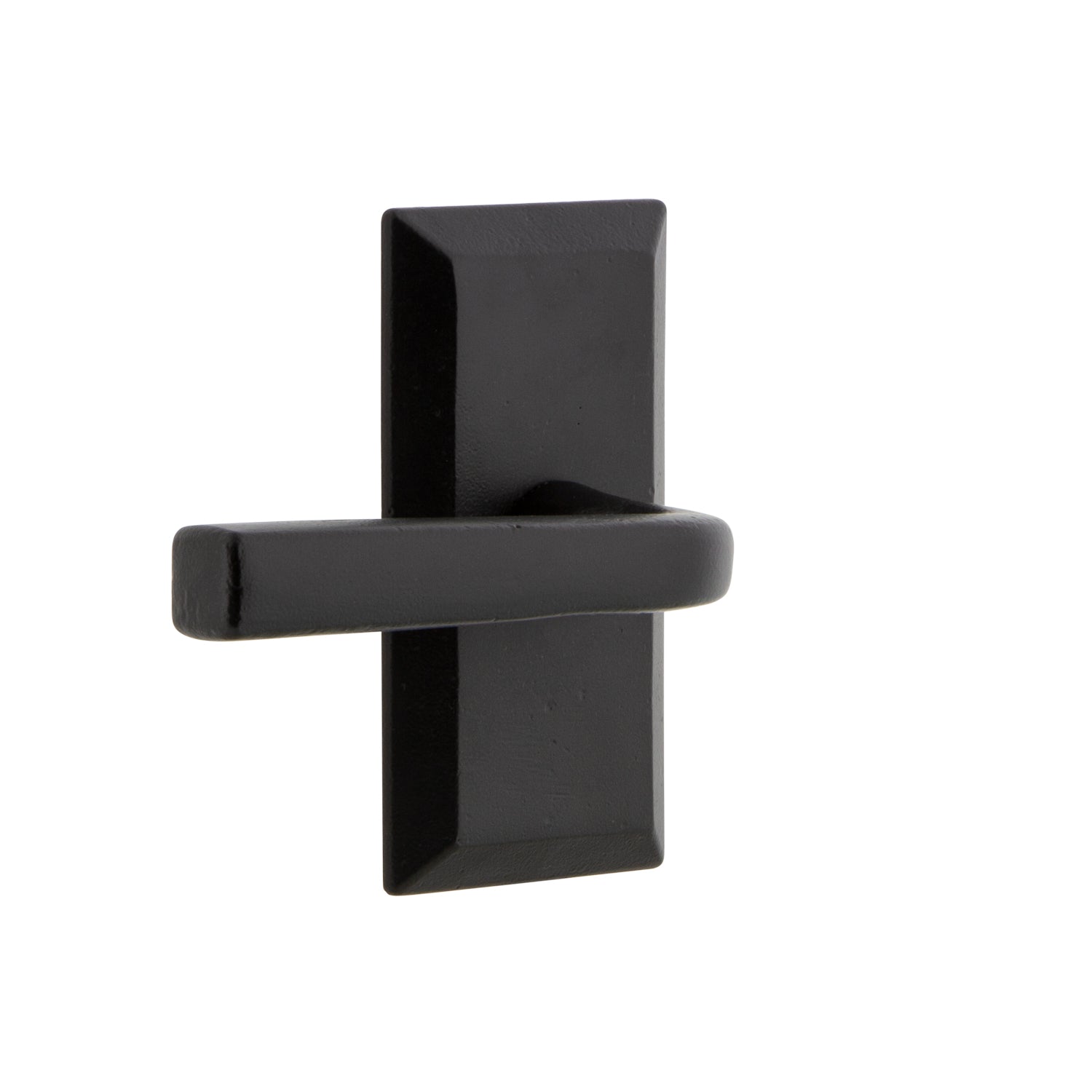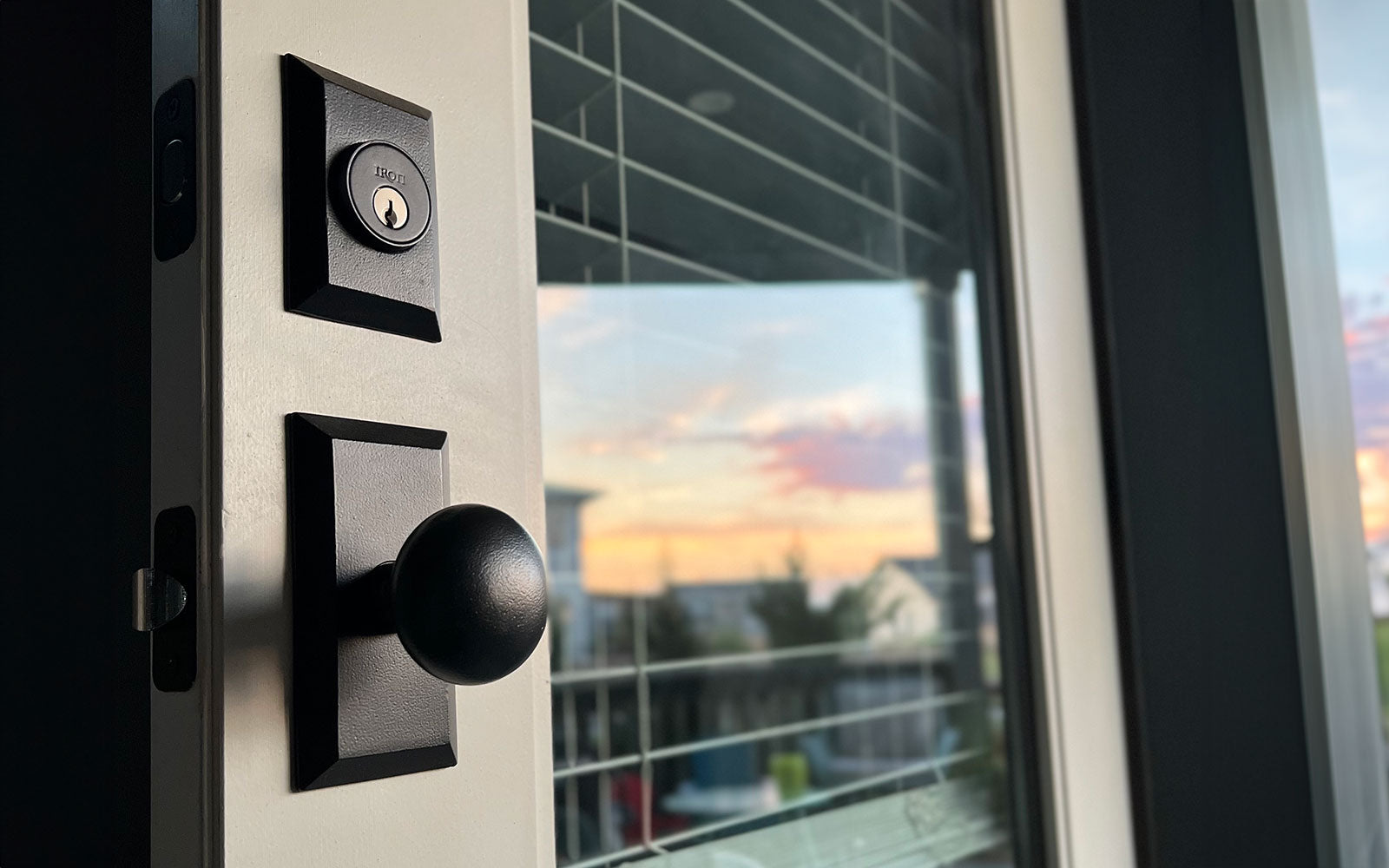
French Country style, also known as French Provincial or French Rustic, derives its inspiration from the rural regions of France, particularly from the countryside and villages. This style originated in Provence, Brittany, Normandy, and other rural areas of France. Each region has unique characteristics and influences, contributing to the overall French Country aesthetic. From the sun-drenched fields of Provence to the coastal landscapes of Brittany, the French Country style reflects the rustic beauty and traditional craftsmanship found in these picturesque regions.
French Country style of décor is characterized by its warm, rustic charm, blending elegance with simplicity. It often features natural materials such as wood, stone, and wrought iron, along with soft, muted colors like cream, beige, and pastel hues. Key elements include vintage furniture pieces, distressed finishes, floral patterns, and intricate detailing.
French Country vs. Farmhouse Style: What’s the Difference?
According to Architectural Digest, “While there are notable similarities between farmhouse style and French country decor, there are also many distinguishable differences.”
Both styles emphasize rustic features and home-crafted elements and share old-world roots. The differences parse out geographically, where the French Country style reflects the French countryside, while the farmhouse style gets inspiration from American farms.
“While both of these foundations influence the more rustic nature of these two design styles—think beamed ceilings and the use of natural materials—modern farmhouse style is often more utilitarian, with sharper lines and a more casual look. You’ll often find heavier materials like brass or steel and elements like shiplap, reminiscent of barns, in this style of home. Country French style, on the other hand, uses this same baseline, but adds in daintier elements.” - Architectural Digest.


Elements of French Country Style
Color Palette

The French Country color palette is inspired by the natural beauty of the French countryside. Soft, muted colors dominate the scene, including shades of beige, cream, soft blues, gentle greens, and warm yellows. These colors create a serene and calming environment, reminiscent of the rolling hills and lavender fields of Provence.
Natural Materials
One of the hallmarks of French Country style is the use of natural materials. Wood is a predominant feature, whether it’s in the form of exposed ceiling beams, distressed wooden furniture, or hardwood floors. Stone is another key material, often used for flooring, walls, or fireplaces. Wrought iron and other metals, particularly cast iron, add a touch of rustic charm and durability to the design.

Furniture
French Country furniture is characterized by its graceful lines, curved details, and distressed finishes. Pieces often have a weathered, antique look, contributing to the lived-in, comfortable feel of the space. Upholstered furniture, such as sofas and armchairs, often features natural fabrics like linen or cotton in muted tones or floral patterns.
Textures and Patterns
Textures play a vital role in French Country decor. Mixing different textures, such as rough-hewn wood, soft linens, and smooth ceramics, adds depth and interest to the space. Patterns are also important, with floral prints, checks, and toile being popular choices. These patterns often appear in curtains, upholstery, and bedding, bringing a touch of whimsy and romance to the room.

Accessories and Decor
Accessories in French Country style are carefully chosen to enhance the overall aesthetic. Vintage and antique items, such as old clocks, mirrors with ornate frames, and weathered candlesticks, add character and charm. Fresh flowers in simple vases, wrought iron chandeliers, and decorative ceramics are also common elements. The key is to strike a balance between elegance and rusticity.
Hardware
Incorporating cast iron hardware into your French Country home adds an authentic rustic touch. Cast iron is known for its durability and classic appeal, making it an excellent choice for door handles, drawer pulls, and other hardware. The rich, dark finish of cast iron complements the soft, muted colors of French Country style, while its sturdy construction ensures long-lasting functionality. Adding cast iron hardware can transform even the simplest furniture into a standout piece that exudes old-world charm.

Kitchen and Dining
The heart of a French Country home is often the kitchen and dining area. These spaces are designed to be warm and inviting, encouraging gatherings and leisurely meals. A farmhouse table, often made of wood, serves as the centerpiece of the dining area. Open shelving, copper pots, and ceramic dishware contribute to the kitchen's charming and functional atmosphere. A large, rustic wooden island can add both style and practicality to the space. Incorporating cast iron handles and knobs on cabinets and drawers enhances the rustic charm and ties in with other metal elements in the room.

Outdoor Spaces
French Country style extends to the outdoors, where gardens and patios are designed to be extensions of the home. Think of lush greenery, climbing vines, and flowering plants in terracotta pots. Outdoor furniture made of wrought iron or weathered wood creates a cozy and inviting space for relaxation and entertainment. Gravel paths, stone walls, and rustic fences complete the look. Adding cast iron hardware to garden gates and outdoor storage areas can further enhance the cohesive design.
Embracing French Country style in your home means creating a space that is both elegant and comfortable, where each element tells a story and every corner invites you to relax and enjoy the simple pleasures of life. With its timeless appeal and effortless charm, French Country style is a beautiful way to bring a touch of Provence into your everyday living, and the addition of cast iron hardware can enhance this aesthetic by providing both beauty and functionality.
“What makes its many interpretations so livable, and why country French continues to be among the most popular interior design motifs in America, is that it never forgets its past even while charging ahead into the future,” writes Michele Keith in her book Great Country French Style.


